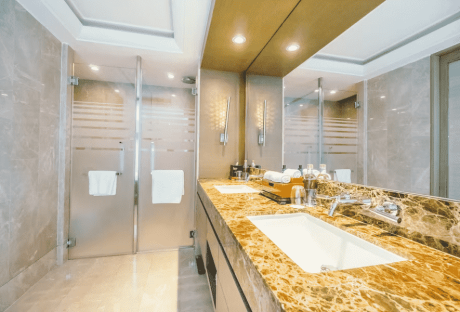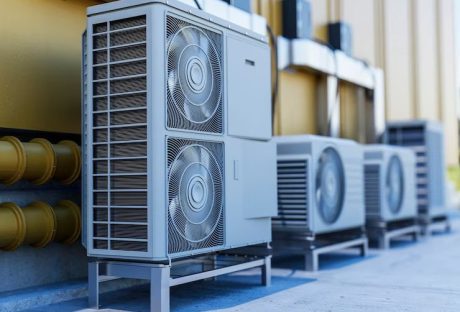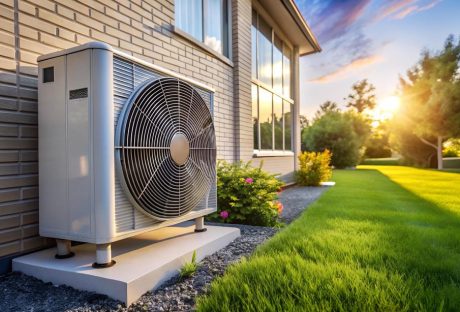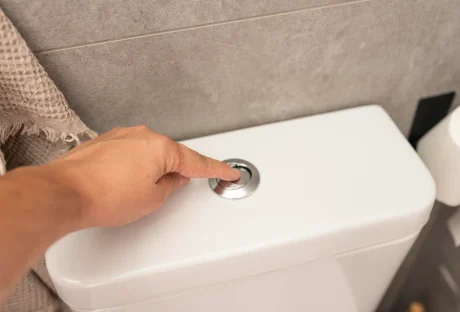Before putting resources into a challenging installation process, you should familiarize yourself with your options if you have never sought out a ventilating, heating, and central air conditioning installer, and supplier before.
In addition to installing new systems, qualified HVAC technicians can also clean and repair existing HVAC units and perform extensive ductwork. Here are some of the most common services you may anticipate when a Cincinnati air conditioning installation company handles your HVAC repairs or replacement:
They Perform Unit and Duct Inspection Services
An inspection is a crucial step if your home currently is equipped with a partially working HVAC system that needs repairs or adjustments. It is customary to have an existing system evaluated before purchasing a property with one.
However, when the unit and ducts are inspected during the home purchase inspection process, they typically do not perform the type of in-depth look at the unit, along with providing price quotes for the repairs or replacement unit that may be necessary.
These assessments help determine how long the current system and its elements have been in operation and for getting a general sense of how long it could be before you need to install new ductwork or a replacement system. When it comes to performing the replacement or repair, you will want to hire an experienced contractor who can give you a price and timeline to perform the task for you.
Upkeep and Parts Replacement
The filters are a crucial part of every ventilation system. Even the best HVAC systems become damaged over time by dust particles that accumulate. HVAC experts may easily install, maintain, and replace these filters without running the risk of causing harm to the system.
The majority of HVAC businesses provide maintenance service contracts that include the replacement of filters and yearly system testing to make sure everything is operating effectively.
Replacement of Drain Lines and Wiring/Coil Installation or Replacement
Evaporator coil replacement, drip pan replacement, and refrigerant pipe leak repair are all required maintenance procedures. If maintenance is neglected, the entire system might be compromised by mold, moisture, along with other electrical problems.
This is a more in-depth set of repairs and can get rather costly once they are started. Before having any of these repairs and parts replacements, be certain to get a quote from your service company for the total of the job. An HVAC service contract may cover some of this work, but you should check your agreement to be sure that it also includes maintenance and replacement components.
Installation of Cooling Material Lines
Through copper refrigeration wires, an air conditioner’s evaporator coil is linked to the pump. The special lines in your home may only be installed or fixed correctly by a qualified expert. They search for problems that could impair the system’s effectiveness, such as leaks and other types of harm.
It is critical to maintain refrigerant lines since they may become costly and dangerous if they become damaged or broken.
Condenser Maintenance
Without a condenser, an air conditioner would not be complete. The accumulation of dirt and dust encourages the growth of fungus and bacteria, which can cause mechanical systems to malfunction and cause allergic reactions in the inhabitants. For more on the mechanical operations of an HVAC system, click here.
Periodically, an HVAC contractor might clean the condenser. Additionally, the contractor will do testing to make sure the AC will keep you cold for several hours despite the soaring outside temperature.
How to Locate a Service Technician to Install an AC Unit
Look up reviews online and seek out personal suggestions from others. It is typical practice for online firms to send an HVAC specialist to your home to provide both online bids and in-person estimates. The latter is typically closer to the true cost.
Knowing When it is Time to Contact an AC Replacement Service is Important
Get your air conditioner serviced as soon as the winter is over to make sure it is ready for the summer. It is vital to keep in mind that service expenses might increase significantly in the summer. For HVAC systems (https://www.ftccollege.edu/article/what-are-the-main-components-of-an-hvac-system/), this time of year is the most demanding and therefore the most likely for them to entirely fail.
Therefore, if you are installing a new unit, you should schedule the installation for the end of the colder months or the starting point of spring.
What to Take into Account When Selecting a Professional or Do-It-Yourself Air Conditioner Installation
Installing a window unit air conditioner is not the same as installing a cutting-edge central air conditioner. Your only choice is to engage an experienced professional to install forced air via central air vents if your house is not equipped with them.
You may get assistance from a qualified HVAC supplier in determining things like the size of the unit you require and the location of the ductwork and condenser in your home. You can be sure that the job will be finished quickly and successfully if you select a qualified HVAC technician.
Read Also:






















